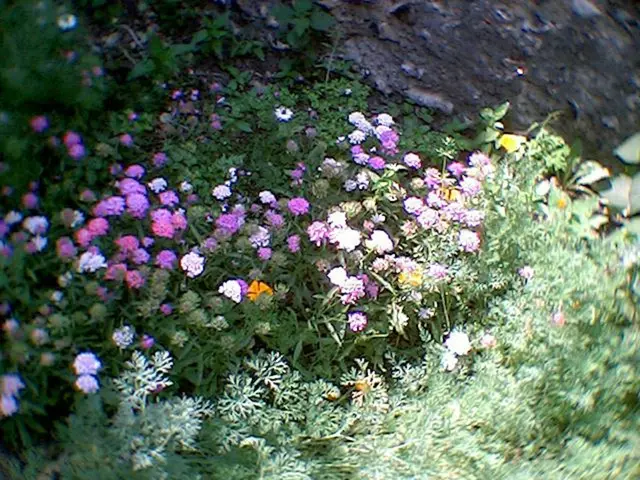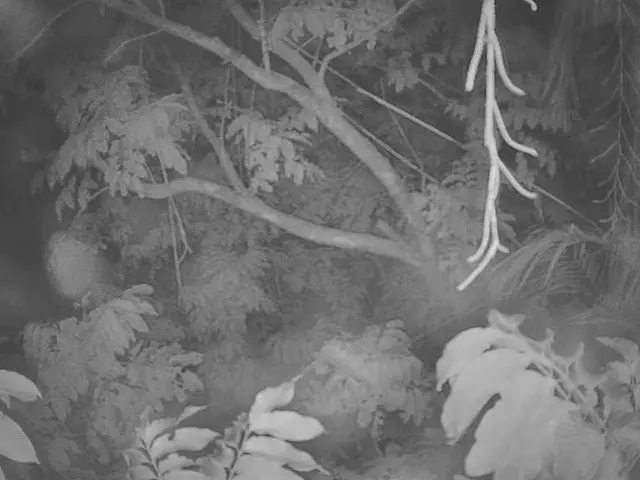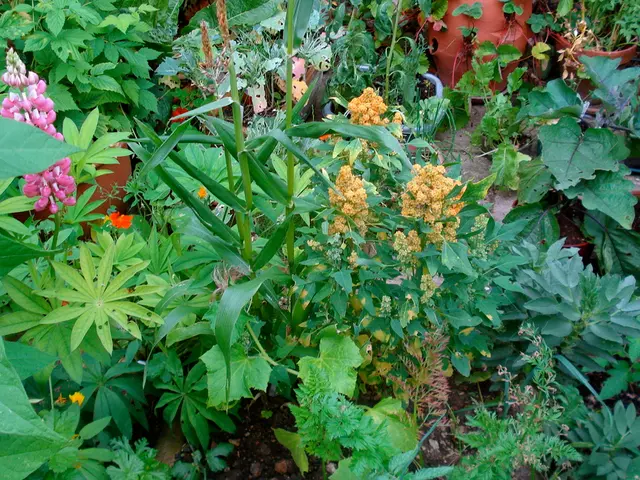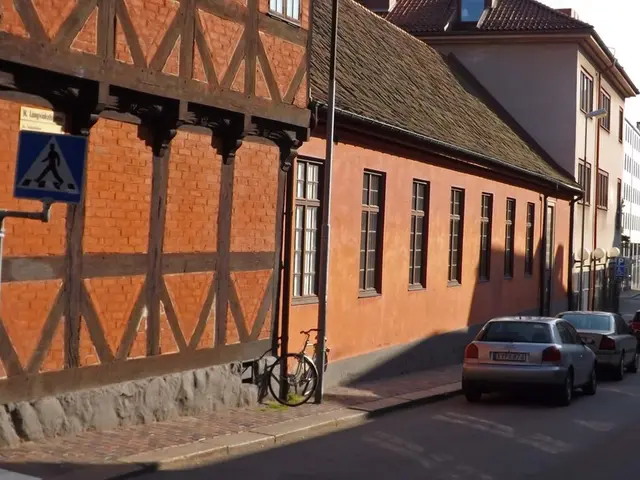Guide to DIY Composting in 7 Simple Steps at Home
Easy Peasy Home Composting 101
Composting at home is an eco-friendly way to transform your everyday food scraps and yard waste into a nutrient-rich soil amendment. Instead of tossing organic materials in the trash, you can recycle them into a garden superfood that boosts plants and reduces waste.
Even though composting might seem like a daunting task, it's actually a straightforward process once you understand the basics. You don't need fancy equipment - just the right combination of ingredients, a bit of patience, and a spot where nature can work its magic.
Compost helps improve soil structure, supports healthy plant growth, and reduces methane emissions from landfills. So let's dive right in and show you how to start composting at home.
First Things First: Find a Comfy Spot for Your Compost
Choose a shaded spot close to a water source for easy maintenance, and decide between a bin or open pile system. Remember, the location is crucial for success. A sunny spot in the morning with afternoon shade, good drainage, and proximity to your house will do the trick.
For structure, there are several efficient options. A simple three-bin system is great for continuous composting, with one bin for fresh materials, one for active composting, and one for finished compost. Plastic tumblers work wonders for small spaces, though they limit volume. Open piles handle large volumes but require more active management. Whichever system you choose, ensure it's at least 3 feet wide and 3 feet tall for the heat needed for proper decomposition.
The Importance of Brown and Green Materials
A 3:1 ratio of brown to green materials is the sweet spot for effective composting. Brown materials (carbon-rich) include dried leaves, cardboard, newspaper, wood chips, sawdust, and straw. Green materials (nitrogen-rich) consist of fruit and veggie scraps, grass clippings, coffee grounds, tea bags, and fresh plant trimmings.
Smaller pieces decompose faster, so break down cardboard, shred leaves, and chop up food scraps into 1-2 inch chunks where possible.
Layer your materials like compost lasagna: alternate 6 inches of browns with 2 inches of greens. Thin, even layers help break down evenly and prevent excess moisture or dryness.
Keep It Moist and Aerated
Keep your compost pile as moist as a wrung-out sponge and turn it every 2-3 weeks for optimal moisture and aeration. This maintains even decomposition, temperature regulation, and a pleasant earthy smell.
When turning the pile, use a pitchfork to move outer materials to the hot center. Aeration helps speed up decomposition and smells. If turning feels like too much effort, poke a broomstick or pipe into the pile to create air channels.
Composting dos and don'ts
Stick to vegetable scraps, yard waste, and paper products; avoid adding meat, dairy, oils, pet waste, and diseased plants. These materials can create unpleasant odors or introduce harmful pathogens. Bury food scraps at least 10 inches deep and cover with browns to mask smells and deter animals. Collect your kitchen scraps in a sealed container and empty it regularly into your pile.
A rich, earthy smell indicates a healthy compost pile. If there's an ammonia odor, add more browns and turn the pile. Mushy or sour smells may suggest excess moisture or poor airflow. Mix in dry browns and aerate more frequently.
Properly decomposed compost should be dark brown to black, crumbly like coarse potting soil, and smell earthy. Sift compost through a half-inch screen to remove large pieces, and return these bits to the active pile. You're one step closer to eco-friendly gardening!
Incorporate your home-and-garden space by choosing a shaded spot with good drainage, near a water source, for your home composting bin or pile. For efficient composting, maintain a 3:1 ratio of brown (dried leaves, cardboard, sawdust, straw) and green (fruit and veggie scraps, grass clippings, coffee grounds) materials, and ensure the compost system is at least 3 feet wide and tall for proper decomposition and heat.








